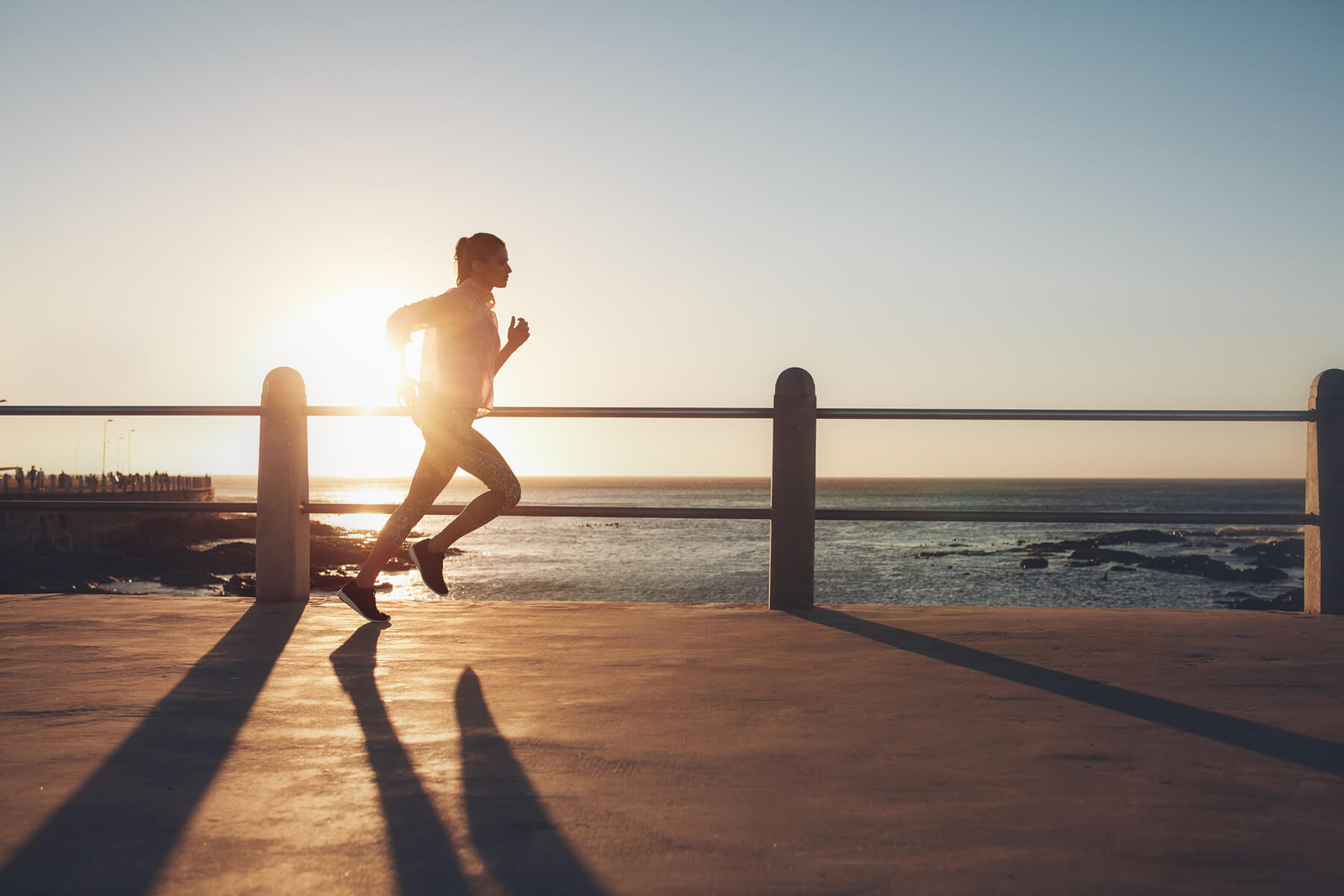This instalment of our sports injury series is all about runner’s knee. Like shin splints, runner’s knee is a common condition for those of us who enjoy getting out and pounding the pavement, as Sydney Osteopath Eddie Clark explains.
Runner’s knee is actually the nickname for a collection of problems called patella-femoral pain syndrome, which is pain felt over the front of the knee. The condition is almost exclusively an “overuse” syndrome. This means that some repetitive activity has exposed the structures in the knee to increasing amounts of friction and stress and this has overwhelmed the body’s natural compensatory mechanisms.
It’s a very common injury, accounting for between 25 and 40 per cent of all knee injury diagnoses in sports.
So What Causes Runner’s Knee?
The front of the knee is loaded during running, especially as your foot strikes the ground and the quadriceps muscles activate to slow the movement of the leg down and then accelerate it as you take off again. As you can imagine, this is a delicate balancing act for the muscles and for the joint. The muscles have to be smooth in their timing and tension accumulation and release or they throw too much pressure onto the joint. For the joint, the natural friction breaks such as the fluid in the joint have to be able to disperse the load evenly across the joint, otherwise, friction, pressure and eventually pain can build up.
What Does Runner’s Knee Feel Like?
Pain! The cardinal feature will be pain at the front or sometimes the sides or the back of the knee. It can come after running and often during the run itself. Stiffness after the run in and around the knee is also something to be wary of. If you are also tender over the top of the knee or below the kneecap it might be time for a professional’s opinion or a good degree of rest.
How likely are you to get Runner’s Knee?
There are lots of studies looking at predictive factors for knee pain in runners. Whilst there is some debate about how strongly the influence is, biomechanical factors seem to have a small influence on knee pain development. These can be things like knock knees, bow legs, poor or inappropriate shoes or a leg length difference.
One big influence is the strength in your knee extensor muscles. These are your quads. Poor strength in these muscles as you begin running is associated with knee pain development. Another strong indicator is if you have a previous history of significant injury to your knee you’ll be at more risk of developing this if you take up an activity like running. Finally, if you are taking up running at an advanced age – like 50 or more – you’ll be more at risk of developing an overuse injury like this.
What will an Osteopath do for it?
We will take a full history, put you through a thorough examination and then have a good look at all the likely causes. We will give you a firm diagnosis and talk you through what to expect as you recover. You’ll get some quality hands-on therapy for symptom relief and then a guided exercise plan targeting what your weak areas are that will grade you back to your favourite activity.
Will it get better?
Yes, although with all things, timing is important. If you have had runner’s knee for a long time you are going to need to really take your rehabilitation seriously. If you catch it early it’s usually a much quicker fix – depending on other factors. There is good research on a number of tendon and muscle strengthening exercises when planned out right can help resolve this issue.
Make an appointment today to see one of our osteopaths and discuss how we can create an individualised plan to get you back to optimum health.

